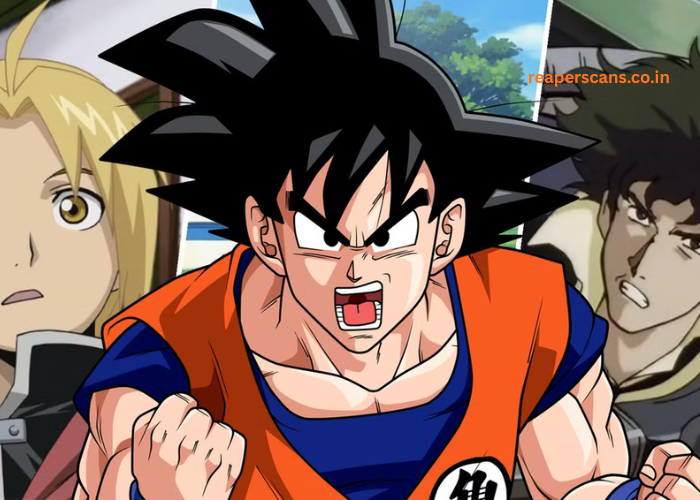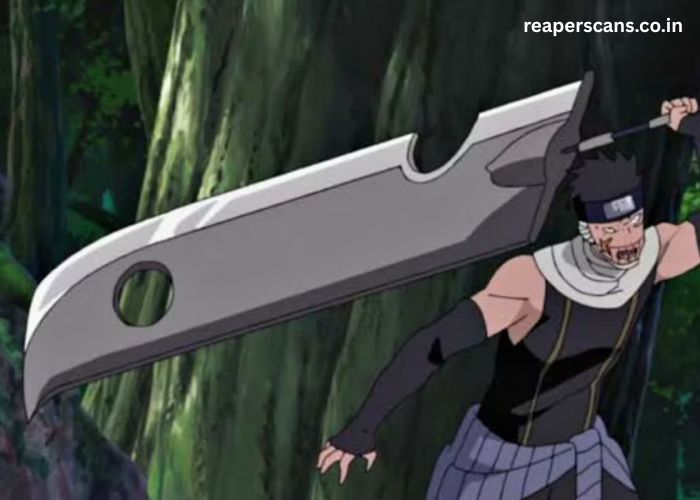Naruto Uzumaki, the beloved protagonist of the anime and manga series Naruto, is widely recognized for his distinct facial features. His face is not just a physical representation of a character, but a symbol that communicates his personality, struggles, and growth. Throughout the series, Naruto’s face undergoes many transformations, and each stage in his journey is marked by changes in his expression, giving viewers a deeper understanding of his emotions.
The most prominent feature that stands out in Naruto’s face is his unique whisker-like marks. These marks, combined with his vivid blue eyes and messy blonde hair, create a look that is both charming and unforgettable. As Naruto grows from a mischievous and lonely child into a powerful ninja, his face evolves to reflect his emotional and physical growth.
Key Points:
- Naruto’s face is symbolic of his inner growth and transformation.
- His whisker-like marks are an iconic feature that distinguishes him.
- Naruto’s face serves as a visual representation of his journey from loneliness to heroism.
What Makes Naruto’s Whisker Marks So Significant?
One of the most instantly recognizable features of Naruto’s face is the set of whisker-like marks on his cheeks. These marks, which appear as three horizontal lines on each cheek, are more than just a quirky design feature. They are deeply tied to the character’s origin story.
The whisker marks are a symbol of the Nine-Tails Fox, or Kurama, sealed inside Naruto. Kurama is a powerful creature who once terrorized the Hidden Leaf Village, and Naruto’s whiskers are a constant reminder of the burden he carries. These marks are a unique visual representation of his connection with Kurama, and over the course of the series, they serve as a reminder of Naruto’s strength and resilience as he learns to control the beast within him.
Additionally, these whisker marks also play a symbolic role in representing Naruto’s internal conflict. While the Nine-Tails Fox initially brings pain and suffering to Naruto’s life, it ultimately becomes a source of his strength. The progression of Naruto’s relationship with Kurama is reflected not only in his actions but also in the way his face—specifically his whisker marks—evolves throughout the series.
Whisker Marks: Symbolism and Impact
| Feature | Meaning | Impact on Character Development |
| Whisker marks on cheeks | Symbol of Kurama (Nine-Tails Fox) | Represents Naruto’s internal struggle and growth |
| Progression of whisker marks | Evolve as Naruto matures and gains control | Reflects Naruto’s emotional and physical growth |
Reminder: The whisker marks are not just cosmetic; they are a pivotal aspect of Naruto’s journey, highlighting his growth and the bond with Kurama.
How Does Naruto’s Facial Expression Evolve?
Naruto’s face is not just defined by his whisker marks; his expressions also play a vital role in shaping the way he’s perceived by viewers. Throughout the series, Naruto’s expressions evolve from ones of anger and frustration to those of confidence and determination. His face reflects his internal struggles, triumphs, and the relationships he builds with those around him.
Early Expressions: A Struggling, Lonely Child
In the beginning, Naruto’s face is filled with frustration and loneliness. He is an orphan, ostracized by his village because of the Nine-Tails Fox sealed within him. His face often carries an expression of defiance, but underneath it, there is a deep sadness and longing for acceptance. These expressions are especially prominent during his early interactions with others, particularly when he is rejected or ridiculed.
Transition to Confidence: The Hero Emerges
As Naruto matures and gains recognition for his abilities, his face begins to change. His expressions become more determined and confident. This change is especially visible when he steps into the role of a leader, working alongside his friends to protect the village and fight powerful enemies. His eyes, once filled with confusion and sadness, are now more focused, revealing the strength he has developed over time.
Final Stages: A Wise, Compassionate Leader
By the end of the series, Naruto’s face has become a symbol of wisdom and compassion. He no longer struggles with loneliness or insecurity. Instead, his face reflects his maturity as a leader, a friend, and a protector of his village. He has earned the respect of others and is now viewed as a hero.
| Stage in Naruto’s Life | Facial Expression Characteristics |
| Early Struggles | Frustration, sadness, longing for acceptance |
| Transition to Confidence | Determined, confident, focused |
| Maturity as a Leader | Wise, compassionate, understanding |
Note: As Naruto’s journey progresses, his facial expressions mirror his growth into a true leader and hero, moving beyond his initial struggles.
What Do Naruto’s Eyes Represent?
Naruto’s eyes are another significant feature that adds to his facial expression and character development. His bright blue eyes are expressive and constantly changing throughout the series. They reflect his emotional state, his relationships, and his development as a character.
Symbol of Hope and Determination
In the early stages, Naruto’s eyes are full of hope. He dreams of becoming Hokage, the leader of his village, and his eyes reflect his unwavering determination. Despite the obstacles he faces, Naruto’s eyes constantly shine with optimism, even when everyone around him doubts him.
The Power of Friendship
As the series progresses, Naruto’s eyes also begin to reflect the power of his friendships. His bond with Sasuke, Sakura, and other key characters is pivotal to his growth. His eyes become a window into the trust he has in his friends and his willingness to sacrifice for them.
Eyes of Wisdom
By the end of the series, Naruto’s eyes have transformed into those of a wise and experienced leader. His once naive, hopeful gaze has evolved into one of understanding, compassion, and inner peace.
| Eyes Representation | Symbolism and Emotional Meaning |
| Early in the Series | Hopeful, optimistic, driven by his dream of Hokage |
| Mid-Series | Reflects bonds of friendship, determination, and love |
| End of the Series | Wise, compassionate, reflective of his journey |
Conclusion
Naruto’s face is far more than just a series of physical features; it is a representation of his emotional journey, his struggles, and his growth as a person. From the whisker marks that connect him to the Nine-Tails Fox to the evolution of his facial expressions and eyes, every aspect of his face tells a story. His face is a powerful symbol of the internal and external changes he undergoes throughout the series.
Ultimately, Naruto’s face reflects his transformation from a lonely, misunderstood child to a strong, compassionate leader. Each line, each expression, and each change in his eyes serves as a visual marker of his development, making his face one of the most iconic in the world of anime.
FAQ’s
- Why does Naruto have whisker marks on his face?
The whisker marks on Naruto’s face are a symbol of the Nine-Tails Fox, Kurama, sealed within him. They represent his bond with the beast and his strength. - How does Naruto’s facial expression change over time?
Naruto’s facial expressions evolve from frustration and sadness to determination, confidence, and finally, wisdom and compassion as he matures. - What do Naruto’s eyes symbolize?
Naruto’s eyes represent his inner strength, hope, and growth. Early in the series, they reflect his determination to become Hokage, and later, they symbolize his wisdom and compassion as a leader. - What do the changes in Naruto’s face represent?
The changes in Naruto’s face symbolize his emotional and physical growth. Each stage of his journey is reflected in his facial expressions, whisker marks, and eyes. - Why is Naruto’s face so iconic?
Naruto’s face is iconic because it visually represents his journey from a lonely outcast to a hero and leader, making his facial features deeply symbolic of his character.





